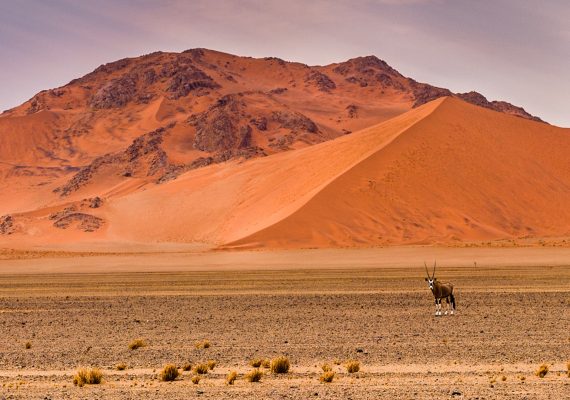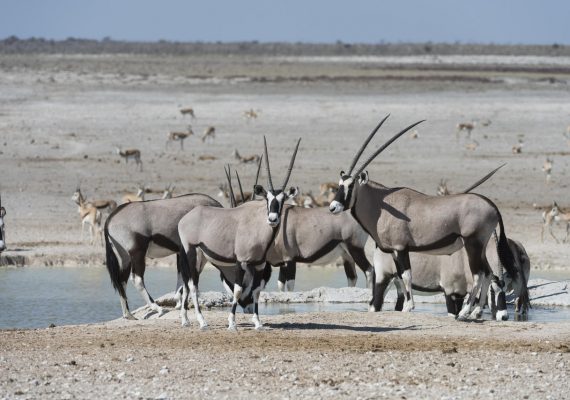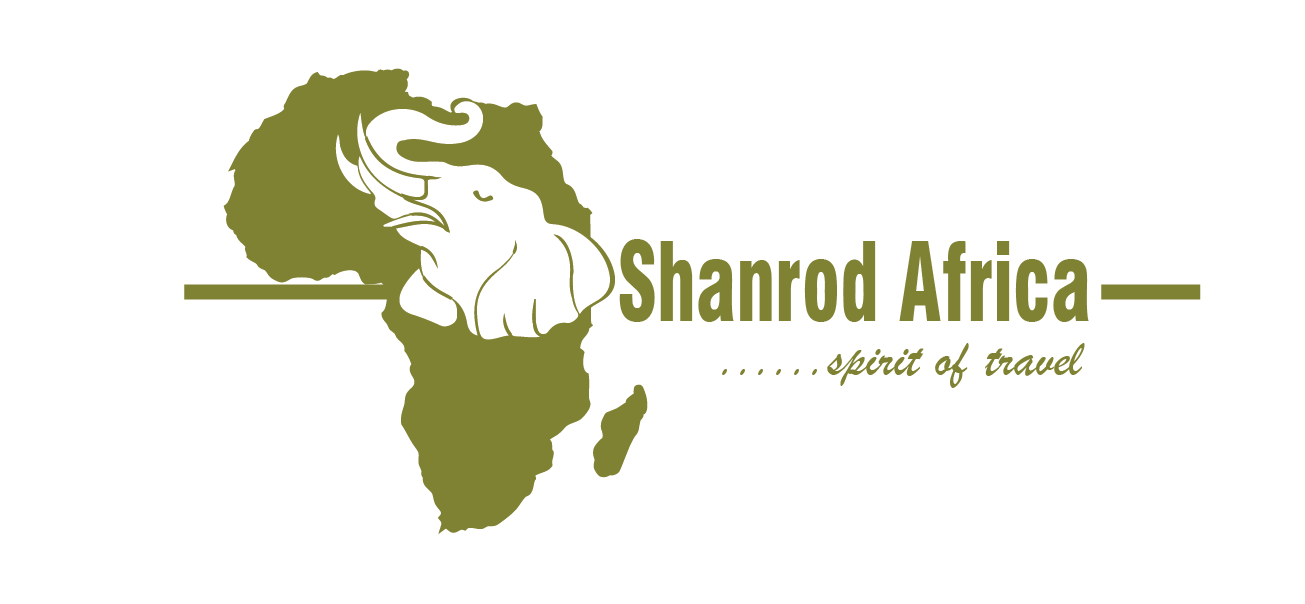Mangetti National Park is part of a new generation of parks aimed at reducing rural poverty through tourism development, joint management and benefit sharing with local communities. One of Namibia’s latest national parks, it has the potential to become a new tourism highlight in the north, while protecting wildlife and vegetation and providing tangible socioeconomic benefits to local communities through careful tourism development.
Situated in the eastern Kalahari woodlands about 100 km south-west of Rundu, the area was previously managed as a game camp for breeding rare and endangered species. The land was originally set aside for conservation by the Ukwangali Traditional Authority.
Covering the size of 420 km², Mangetti was proclaimed a National Park in 2008 and notable natural features are North-west/south-east aligned ancient dunes are a major topographical feature.
The Vegetation of the area is mainly Tree and Shrub Savannah Biome and the Vegetation type is predominantly North-Eastern Kalahari Woodlands. Vegetation on dune crests markedly different to that in dune valleys. Kalahari woodland vegetation dominates Mangetti’s dune crests, whereas mixed acacia savannah vegetation characterises the dune valleys. Mangetti tree (Schinziophyton rautanenii), silver terminalia (Terminalia sericea), variable combretum (Combretum collinum), Commiphora species, camel-thorn (Acacia erioloba) and black-thorn acacia (Acacia mellifera).
Common Wildlife include Sable antelope, African wild dog, leopard, hyaena, blue wildebeest, gemsbok, kudu, duiker, steenbok, caracal, African wild cat. Occasional elephant and African wild dog. Lapped-faced Vulture, Bateleur, Tawny Eagle, Meyer’s Parrot, Striped Kingfisher.
Popular Namibia Safaris





